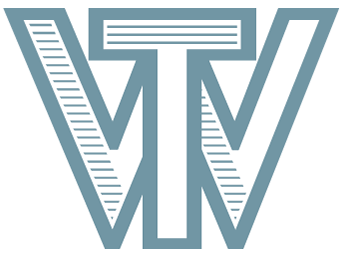Newcomer
A strategic policy design project in which we created a local aid service with the UK Home Office and community nonprofits to improve refugee integration in London. Client: Centre for Public Impact, a Boston Consulting Group (BCG) foundation.
Year 1 // 5-Week Project
Team (3): Tim Worms, Vivian George, Rhea Bhelani
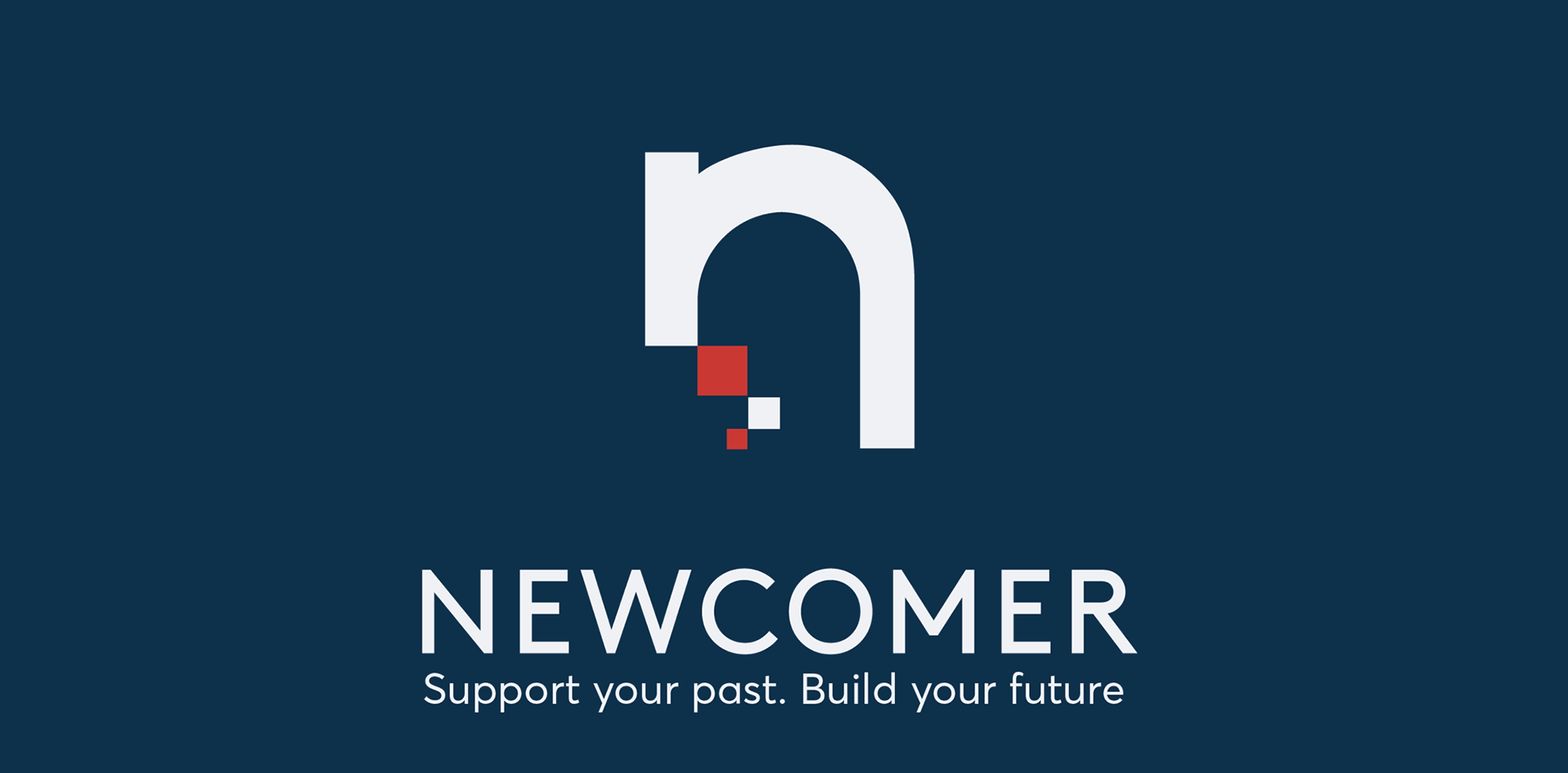
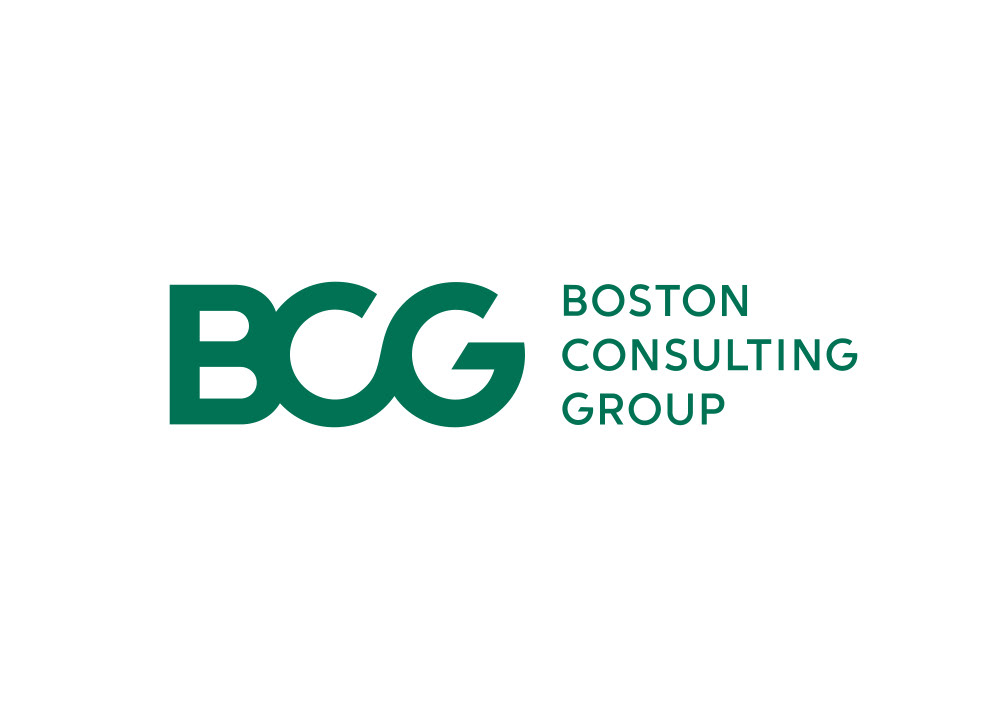
What is it?
Newcomer is public service that integrates a digital mentor and information hub to help refugees become self-sufficient community members. It identifies opportunities to integrate into the labor market with tools such as automated skill-matching, credential recognition, and local networking capabilities.
The Story
THE BRIEF
For this project, we started with the following question: What kind of future service visions can we create to help policymakers imagine what a transformed government could look like in the future?
We decided to explore refugee integration in the UK as each of us had personally been affected by similar experiences and saw immense opportunity to innovate within a less than perfect system.
The Centre for Public Impact, a foundation of the Boston Consulting Group, partnered with us. They wanted to go beyond diagnosing the current policy situation and look ahead to contemplate how government could change for the better. They connected us with experts in the field and urged us to consider our service in relation to the existing government, and whether we would cooperate with or work outside of it.
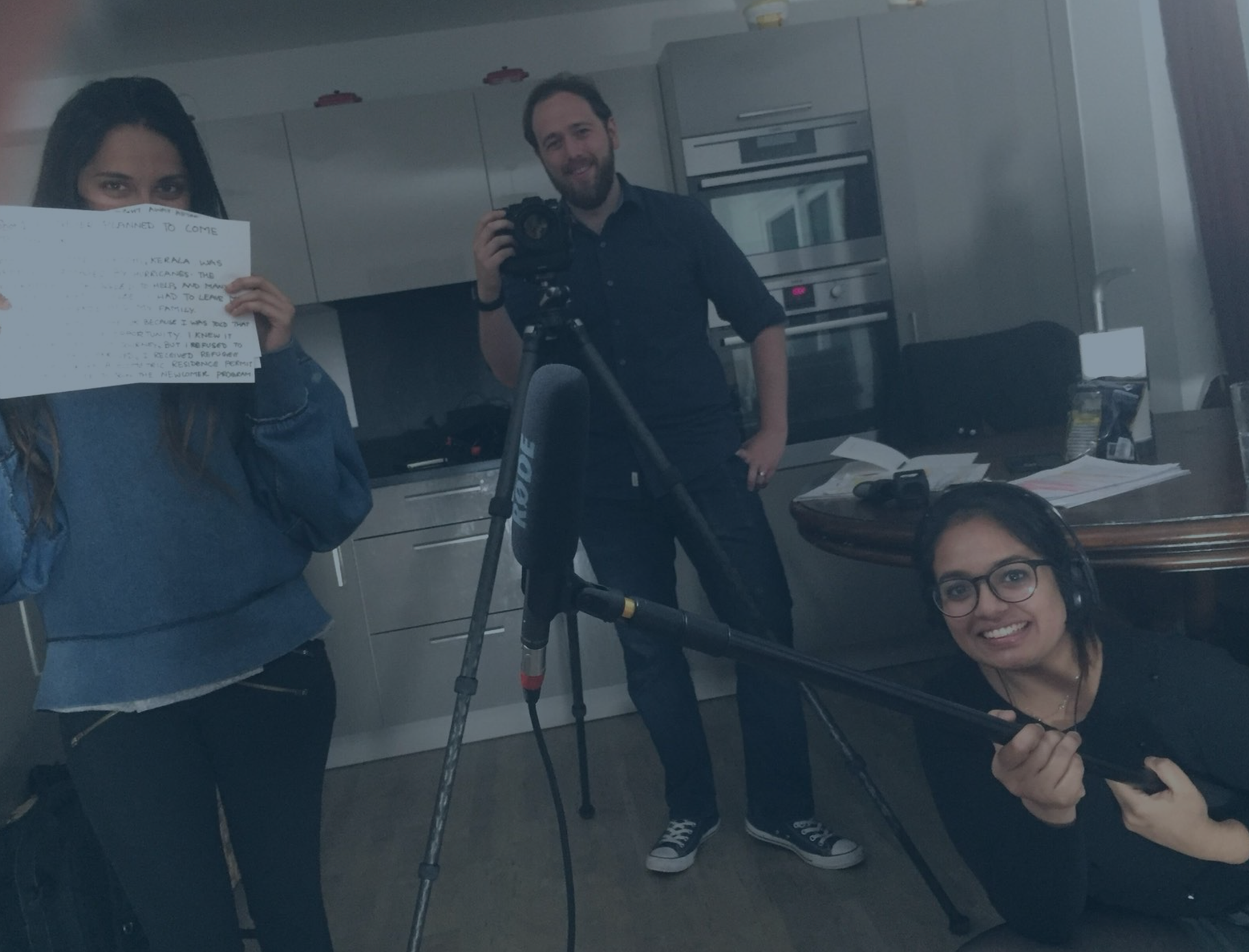
As a small group of three, we were all forced to do a little bit of everything. I took the lead on strategy and positioning, concept generation and validation, and media production. Within this project I utilized the PESTLE analysis, service blueprint, contextual interviews, and other service design tools.
Research
We set out initially simply to gain a better understanding of the landscape surrounding the UK government and the refugee process. We started our desk research with a vengeance, aiming to quickly select a direction and make the best use of our time due to a rapidly approaching due date. The refugee process was complicated, and we knew we would get bogged down by an infinite amount of data if we failed to move forward fast.
We quickly found that there was a split between the central government's stance and that of local councils, and that the more localized we got the more supportive of refugees people generally became.
Getting away from the desk, I conducted multiple interviews with multiple in-depth contextual interviews with local non-profits, both in-person and over the phone. As a group we also conducted several more interviews for validation later in the process.
As we learned more about the refugee process, we found it can take up to 15 years to receive an acceptance or rejection from the UK. And, once they’re accepted as a refugee, they have 28 days before their relocation benefits are cut off. In this time, they must find stable housing and income, while facing a myriad of physical and non-physical barriers, all while trying to adapt to the regulations and culture of the UK. Afterwards, the central government completely disengaged.
Among these barriers, our research showed us that employment was a critical tipping point in terms of creating long-term integration for refugees.
By mapping out the integration process, we saw a large gap in government involvement in Section 3.
INSIGHTS
From our research into the refugee process, we identified four key barriers in regards to employment:
1 // The UK job market is foreign and intimidating to refugees. Standard processes are overly complicated.
2 // Refugees can’t work while seeking asylum. This means they have no savings to fall back on. They run a risk of becoming incompetent during this inactive period.
3 // The recognition of past qualifications and credentials is limited. There is a lack of information and systems within businesses to deal with insufficient documentation.
4 // Refugees are forced to find temporary work instead of building a new career. They are usually overqualified for the jobs they work due to an immediate need to find something that pays fast.
These barriers, when coupled with the future trends in the political and economic spheres, influenced and shaped our principles.
Principles
Synthesis
Crafting design principles was one of the most formative experiences I've had in academia to date. By looking at our research as a cohesive entity, I was able to identify repeating patterns. After critical analysis of these threads, the current government principles for the refugee process emerged, even though there was no political interest in putting them on public record.
Once I understood the thinking behind the existing process, I could extrapolate into the future and envision our future design principles without being dismissive or ignorant of all the work that had already taken place, whether or not I agreed with how it had come to pass.
This approach also reminded us to design a service with the government as a stakeholder. By having a proposed affiliation with the Home Office, we would be able to establish trusted communication with refugees from the beginning of their time in the UK.


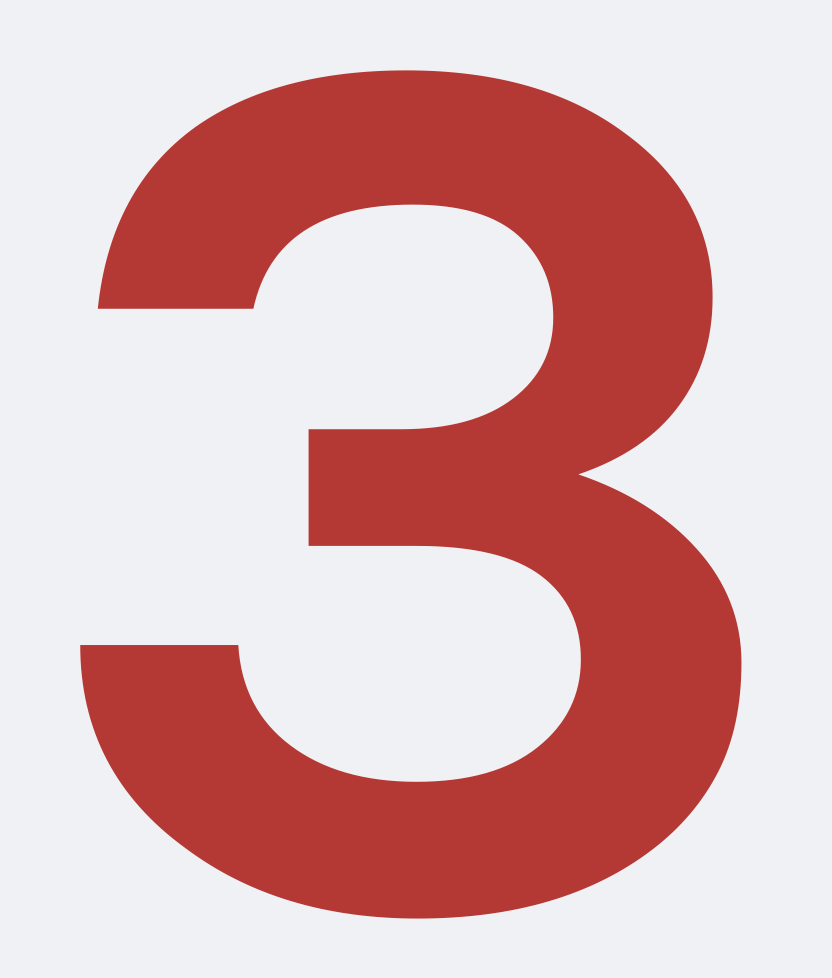
Current Government Principles
1 // Design for the "British" // Policies prioritize longtime British citizens, as influenced by the anti-globalization and nationalistic behavior seen from Brexit.
2 // Design for Austerity // Resources are allocated where the metrics are better performing, and only what’s necessary is given. Support services for refugees dwindle as funds disappear.
3 // Design for Exclusivity // The integration process has been designed to be difficult to navigate. Refugees are filtered through multiple barriers, and those remaining should be able to contribute to society.
Future Government Principles
1 // Design for Validation // Empower refugees by helping them and others to see refugees as givers to society and not just takers.
2 // Design for Two-Way Investment // Utilize refugees’ full capabilities and talents, and get the right people in the right places as fast as possible.
3 // Design for Connectivity // Build relational and empathetic systems that enable transparency and create opportunities for refugees to operate within regulations instead of outside them to get what they need.
Direction
Through our new principles, we aimed to create a distributed system of power. One where refugees would have a quicker and easier time finding a place of belonging, and the government would benefit from embracing and employing their resources with speed and flexibility.
Which led us to ask...
Outcomes
The Newcomer Service
To properly explore our service we needed to know who we hoped to help, and so we created a persona to experience it. Meet Ameena, a 27 year old from southern India who has worked as a high school mathematics teacher.
15 years in the future, she was forced to leave her home due to severe typhoons. Unprepared for natural disasters of such magnitude, the local government was unable to provide economic support, and she was forced to find a new home as hers had been wiped away overnight.
After coming to the UK, Ameena was enrolled into our Newcomer service. This next video shows her experience.Videos
The primary goal of both videos was to establish a connection with Ameena and with what the service feels like. To do so effectively, we needed a professional production that enabled people to focus on the story and forget about the medium. This format pairs nicely with the denser, more conceptual content involved in the creation of principles and distributed power systems.
While I did not design the animation content in the second video, I produced the concepts, storyboards, scripts, and physical recording. Having a consistent vision established a clear direction and thematic message across the content.
Say Hello to Mo
The next video shows the interaction between Ameena and Mo, our digital mentor that introduces new users to the Newcomer service and provides one-on-one guidance throughout the integration process.
At the beginning of the video, a new user will sync up their Biometric Residence Permit number with our service due to an affiliation with the Home Office. We then add a second layer of security by performing a facial ID.
After going through Ameena's certifications, Mo will ask about her experiences to create a fuller, in-depth profile, as she may not understand what applies to the UK job market or how to describe those skills. Mo will then begin a series of questions to discover any latent skills that may have been missed.
During our research, we also learned that understanding people's motivations are critical to building long-term integration. Towards this end, Mo will ask another set of questions to construct a more subjective picture of Ameena.
The Newcomer Network
Having finished the arrival process with the help of Mo, Ameena will now gain access to a number of resources, such as the Newcomer Network, which will allow peer-to-peer support from established refugees and community members within London.
This network enables Newcomers to tap into a pool of individuals willing to share their experiences and provide support. This pool of people are those who have already been through the UK integration process, and so are more likely to empathize with Ameena’s refugee experience and be capable of providing the right knowledge.
Information Transparency
Putting everything together, the Newcomer service would be a part of a larger information hub that facilitates the entire integration process. Rather than choosing between a centralized or distributed government, we see a future that is both centralized and distributed. But in this vision, we centralize information, and distribute power.
We believe these two concepts are symbiotic, and together create information transparency. This transparency opens up opportunity for trust. When we centralize information, we create a conceptual space that gives a means to access the already existing information. This holistic system allows us to efficiently gage the resources our networks have and efficiently match refugees with the right networks to optimize time and money.
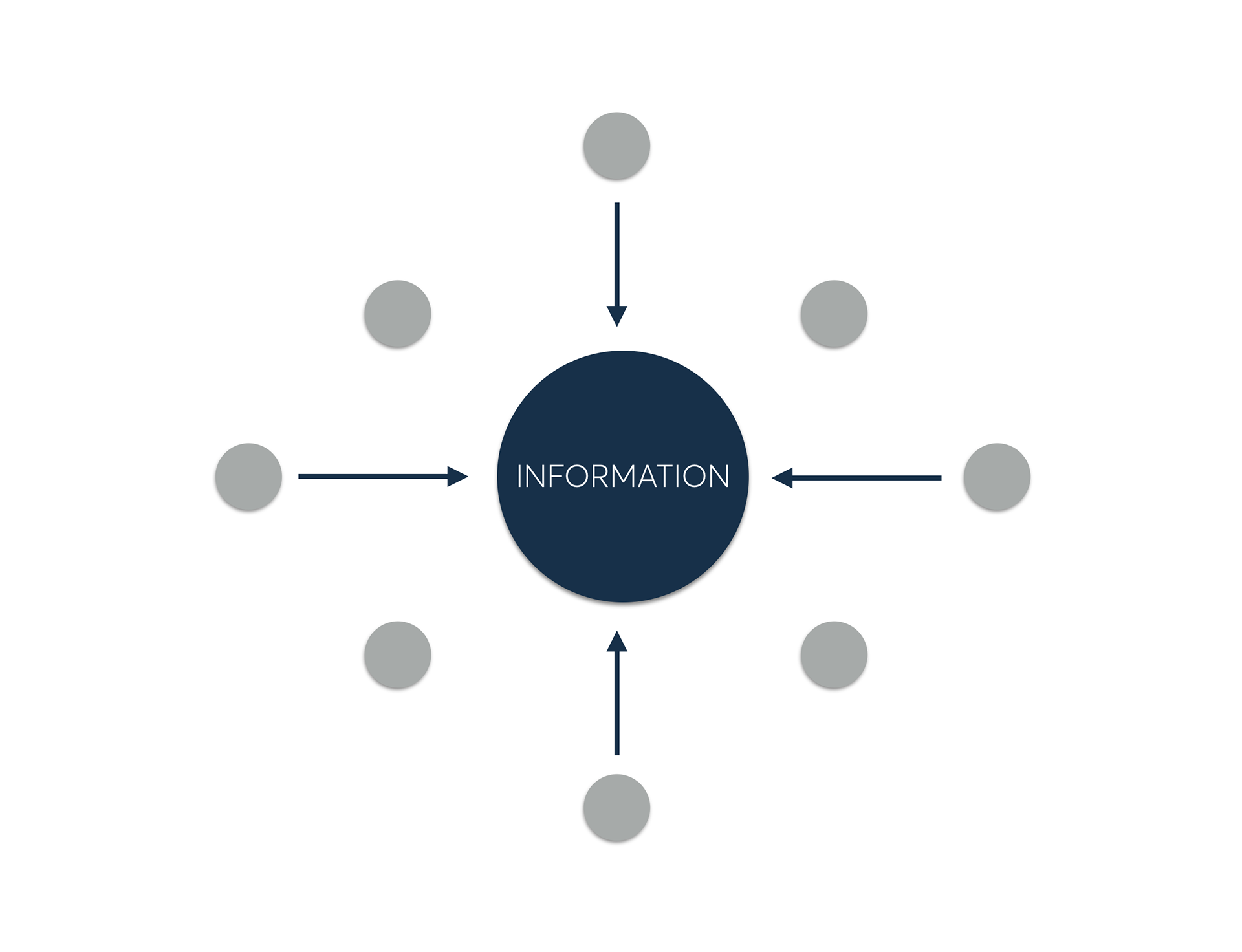
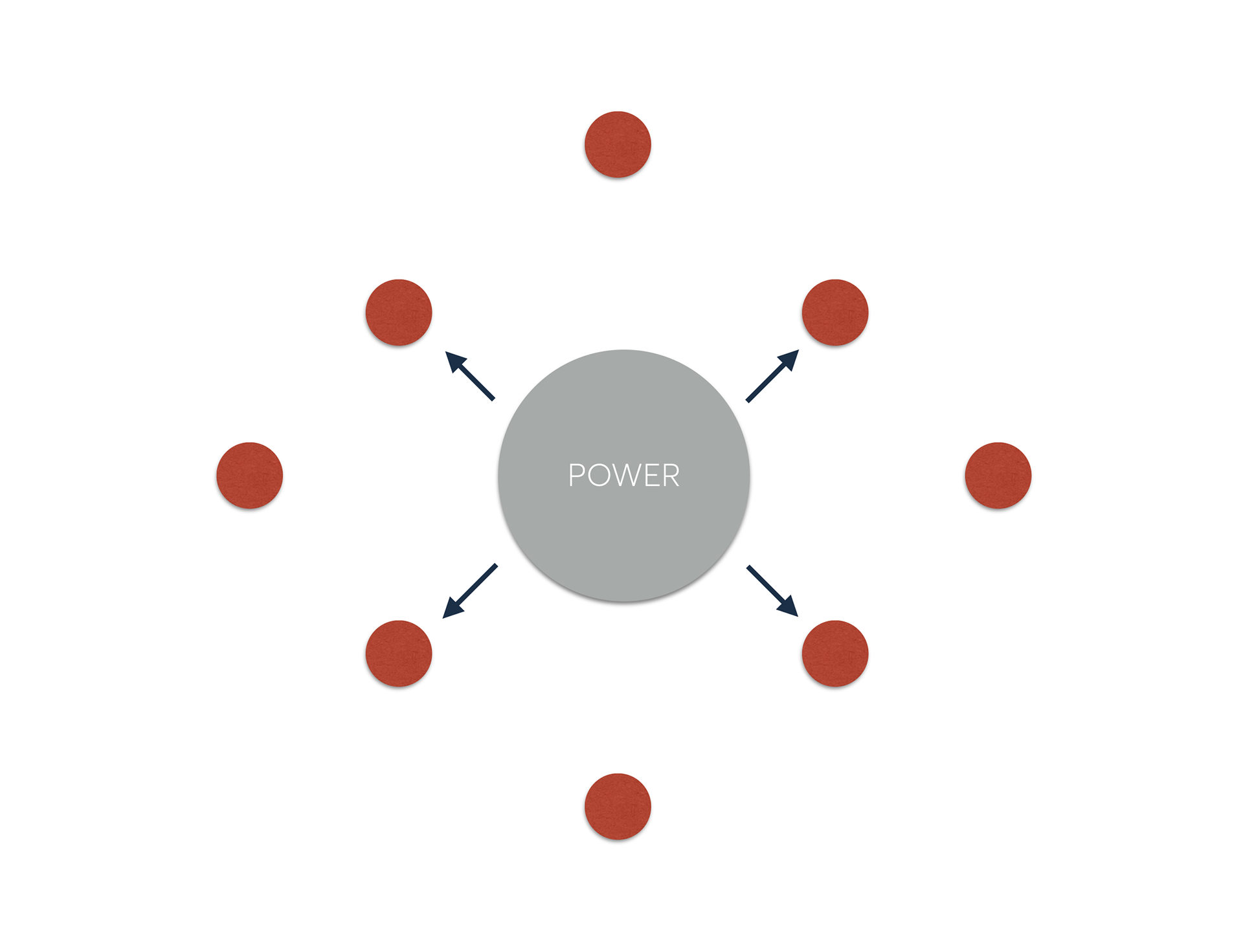
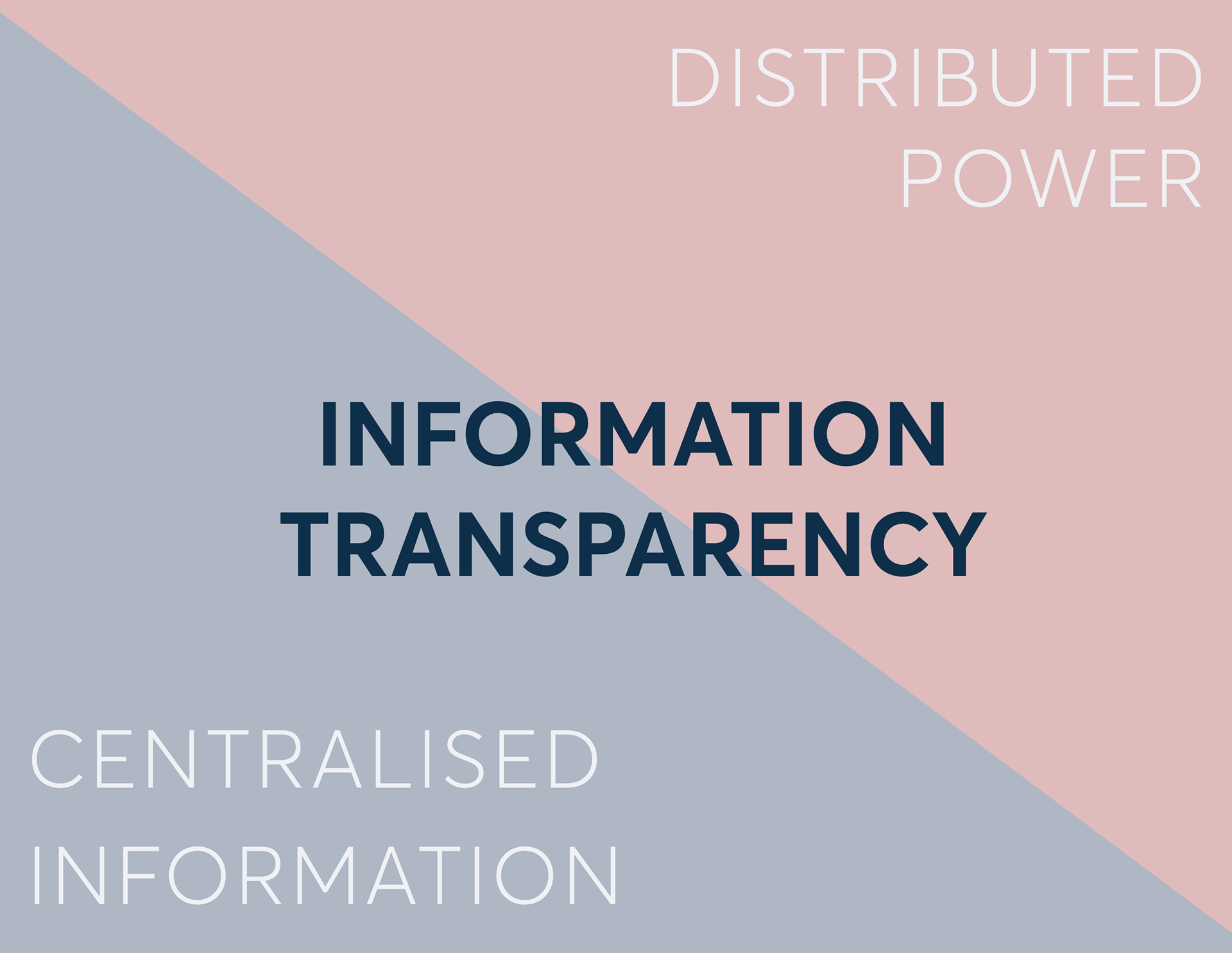
Designing with Principles
The sharing of resources and responsibilities among local organizations, companies, and councils, organically creates transparency due to the diversity of knowledge. This distribution of power cultivates trust as opposed to forcing refugees to answer to a monolithic power like the Home Office. Hence, we also design for connectivity, as we create a more human-centered system that builds on trust and empathy for refugees.
By focusing on information transparency, we aid refugees by providing the additional help needed to leverage their potential, validate their skills and position within the community. Information transparency also means we design for two-way investment as we can efficiently use refugees full professional potential to meet the labour market demands.
Although Newcomer specializes in employment, we believe it can be used as a framework to design a holistic vision of a refugee integration system based on creating information transparency and trust.
Learnings
Digital vs. Physical
Within this project there was a constant push and pull between technological and physical solutions. While technology was part of our answer, I viewed it is a (powerful) tool to achieve goals that must be pursued regardless of the technical tools used.
Theoretical vs. Concrete
My thought process frequently bounces to the theoretical. I enjoy that space. The partnership in this project helped me ground my ideas in a tangible service proposition that better shaped the larger conceptual ideas.
Strategy and Principles
While I had previously considered principles as a corporate gimmick put on a poster to create a false sense of accomplishment, through this process I was able to see just how powerful they could be. In fact, I now believe they are critical to framing the correct argument and opportunity in a project.
I also found that a functional strategy makes it easier to communicate the "why" of my choices, and to guide stakeholders when I'm not physically present.
Next Steps
I would like to prototype this service proposition with a local non-profit, with the primary perspective of looking for flaws and estimating in what ways it could go wrong, and to what extent.
Appendix
Deloitte Report // Forbes // CUP // Big Think // DARPA // World Economic Forum // Bill Gates (Foreign Affairs) // UNHCR - UN Commissioner of Refugees // Office for National Statistics // Nomis (Census) // Migration Watch // Home Office // University Oxford, Refugee Studies Centre, Humanitarian Innovation Project // Fact-checking Charity // Refugee Council // Evening Standard // Migration Museum // gov.uk

